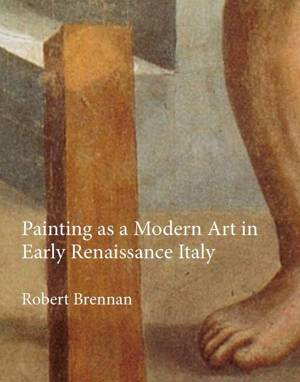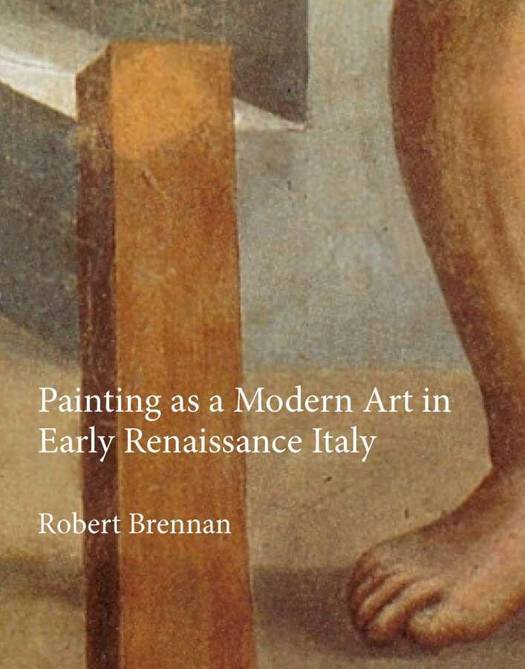
- Afhalen na 1 uur in een winkel met voorraad
- Gratis thuislevering in België vanaf € 30
- Ruim aanbod met 7 miljoen producten
- Afhalen na 1 uur in een winkel met voorraad
- Gratis thuislevering in België vanaf € 30
- Ruim aanbod met 7 miljoen producten
Zoeken
Omschrijving
Concepts of modernity have played a constitutive role in the canon of European art history at least since Giorgio Vasari, who looked back upon Giotto as the founder of "modern art" (arte moderna). The aim of this book is to establish a prehistory of Vasari's view. Was Vasari merely projecting a sixteenth-century concept of artistic modernity onto the fourteenth and fifteenth centuries, or were the artists of that period guided by some notion of modernity as well? Brennan argues that discussions of "modern art" were in fact widespread during Giotto's time, according to the broad, medieval definition of "art" (ars) that encompassed activities as diverse as arithmetic, poetry, carpentry, music, and preaching. Within this discourse, to make an art "modern" meant setting it on a new foundation in "science" (scientia) and rationalizing it accordingly. By the year 1400, Florentine writers such as Cennino Cennini and Franco Sacchetti were applying these same terms and principles to Giotto. In doing so they shed light not only on the structure of artistic development in the fourteenth century, but also on the way Giotto's legacy shaped the prerogatives of artists in the early fifteenth - that is, in the generation of Brunelleschi, Donatello, and Masaccio.
Specificaties
Betrokkenen
- Auteur(s):
- Uitgeverij:
Inhoud
- Aantal bladzijden:
- 366
- Taal:
- Engels
- Reeks:
- Geïllustreerd:
- Ja
Eigenschappen
- Productcode (EAN):
- 9781912554003
- Verschijningsdatum:
- 16/01/2020
- Uitvoering:
- Hardcover
- Formaat:
- Genaaid
- Afmetingen:
- 231 mm x 287 mm
- Gewicht:
- 2036 g

Alleen bij Standaard Boekhandel
+ 265 punten op je klantenkaart van Standaard Boekhandel
Beoordelingen
We publiceren alleen reviews die voldoen aan de voorwaarden voor reviews. Bekijk onze voorwaarden voor reviews.








